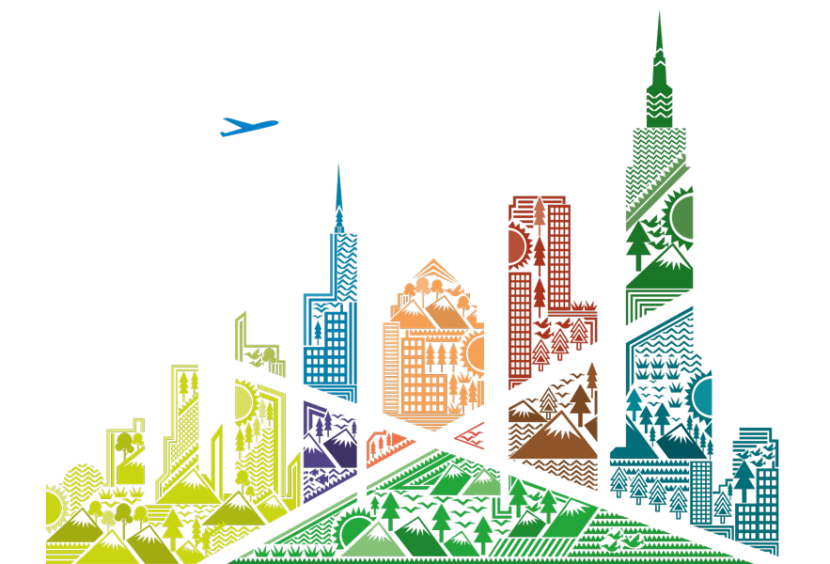Free Courses Sale ends Soon, Get It Now


Free Courses Sale ends Soon, Get It Now



Disclaimer: Copyright infringement not intended.
Context
Implications of rising CO2 and Need for low-carbon cities/net-zero cities
What should be done?
Energy
Transportation
Building and Infrastructure
|
Carbon footprints It refers to the amount of carbon dioxide (CO2) emissions, produced in tons, released due to various direct or indirect activities of individual, organization, event or product. It also include other greenhouse gases emissions. It includes direct emissions, such burning of fossil-fuel domestically and in industry, transportation, and indirect emissions such as use of fossil fuel for electricity generation, consumption of products etc.
|
|
Sustainable development It is a way of life related to the preservation of planet and optimal utilization of resources. It means a development that meets the needs of the present, without compromising the ability of future generations to meet their own needs. |
Benefits of energy-system transitions
|
Greenhouse Gases Gases that trap heat in the atmosphere are called greenhouse gases. It keeps the earth’s temperature at an average 14˚C. for example Carbon dioxide, Methane, Nitrous oxide, Hydrofluorocarbons, perfluorocarbons, sulfur hexafluoride etc. Without this greenhouse effect of these gases, temperatures can reach as -18˚C, which may threated sustainability of life on earth. However excessive use led to global warming and climate change. |
Challenges/Concerns of Transition
Addressing the social equity and justice concerns
|
PRACTICE QUESTION Given the serious implications of rising carbon footprints, discuss the need for transition to a low carbon city. Also suggest measures to achieve the same. (250 words) |
© 2024 iasgyan. All right reserved